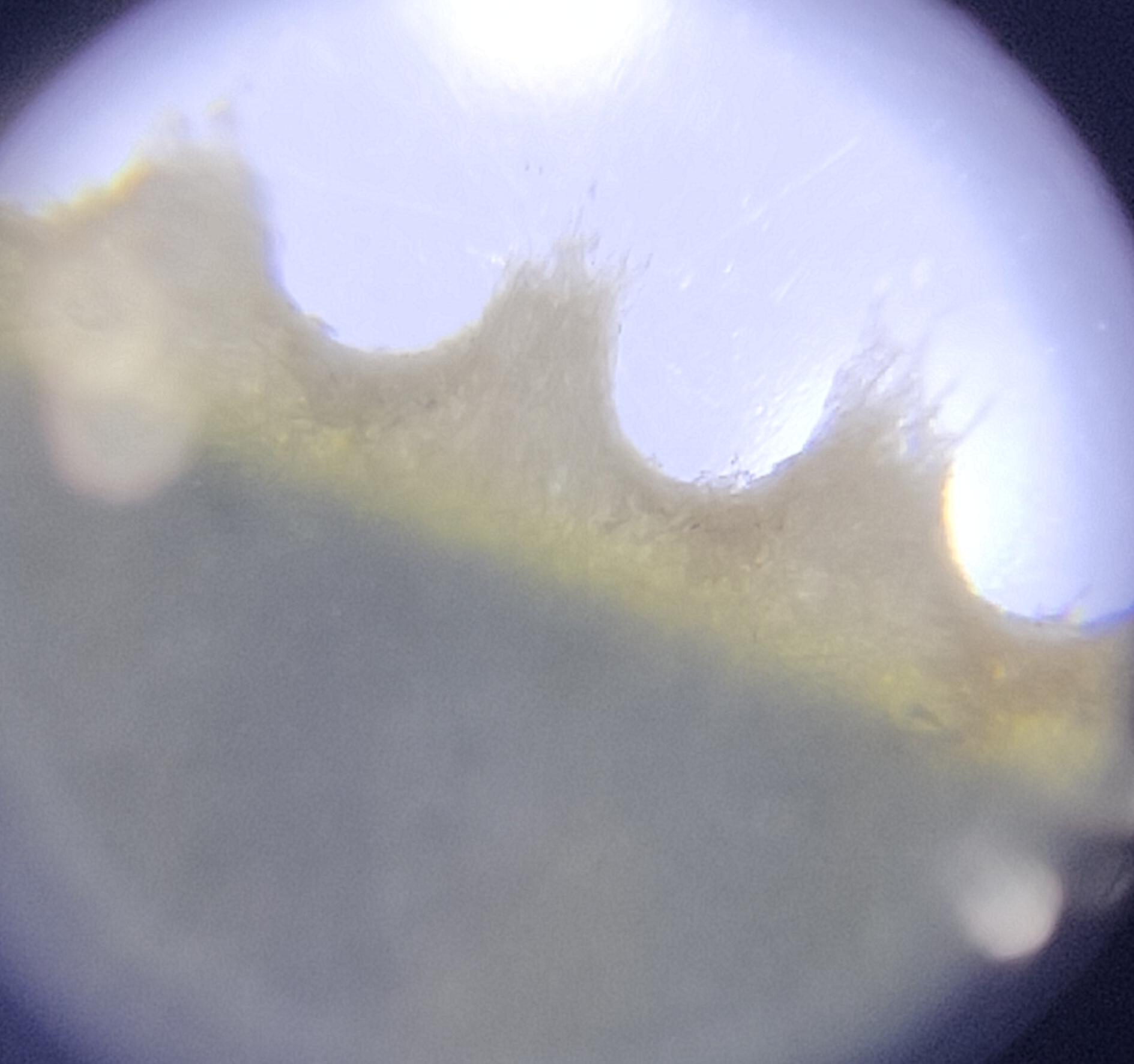Labuan is an island off the coasts of Sabah (then, known as North Borneo). Though small in size, it is in fact the first (earlier than North Borneo and Sarawak) to have a proper post office in the mid 1800s.
Labuan joined the Universal Postal Union on 16 April 1877 while British North Borneo joined on 1 January 1891. Concurrently, upon joining the Universal Postal Union, Labuan also adopted the postage rates of Straits Settlements as well as stamps of Straits Settlements by purchasing it from Singapore until it issued its own in 1879.
The postage stamps, prior to datestamps, were cancelled with dumb-type obliterators such that was used in Straits Settlements. The first two obliterators are round dumb-types while the third, which is also the last before the usage of datestamps, is a 9-bar obliterator.
I have not been the biggest fan of bar cancels prior to recent years since they are challenging to identify, especially for a beginner like me. It became easier now with a reference book. In identifying, or matching in this case, the approximate dimensions of the bars should match that of the postal marking 'references' recorded by Proud.
Here are matching examples:
 |
| The K3 here is flipped upside down where the flatter curved end appears to be on the top. |
 |
| In this case, the bar cancels do fit but since it does not extend all the way to the top of the stamp, I think that the cancellation is forged. It certainly would not look like a CTO mark since the whole point of CTO is to deface all four (or two in corners of a sheet) stamps with a single strike. |
Speaking of CTOs, bar cancels are notoriously used to deface remainders so that they could be sold to stamp dealers and collectors at a fraction of the price. While they do look like the Labuan K3 9-bar cancel, they do not match its dimensions.
 |
| Here, you could see that the third bar onwards, all bars are of the same length. |
They are not tough to identify once you know what you are looking at. Having a reference point makes all the difference.
 |
| Here is another example of a CTO cancellation. |
CTOs are good for those who are starting out the hobby on a budget. They are generally fillers in an album which completes a series, and it is up to the collector to progressively upgrade their collection to postally used or mint ones.
Here is another question:
Are there slight variations of the Labuan K3 bar obliterator in terms of dimensions? Say, an extra 1mm longer/shorter or close/further apart?
On the stamps that I currently have, I noticed these differences as distance between bars, or length of bars. Some are very small, probably 0.3mm. Could it be just excess ink or the result of a worn-out handstamp?
 |
| This is a scan from Proud's book. All bars are of 10mm thick except for the fourth from the bottom that is 15mm thick. To my surprise, it is quite accurate when compared to the ones measured on stamps. |
Try measuring your cancels too, if you have the time.
Hope this post helps and thank you for dropping by!













Comments
Post a Comment